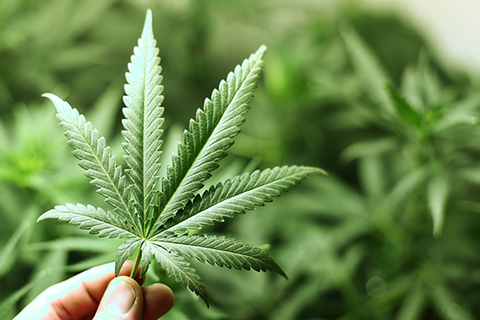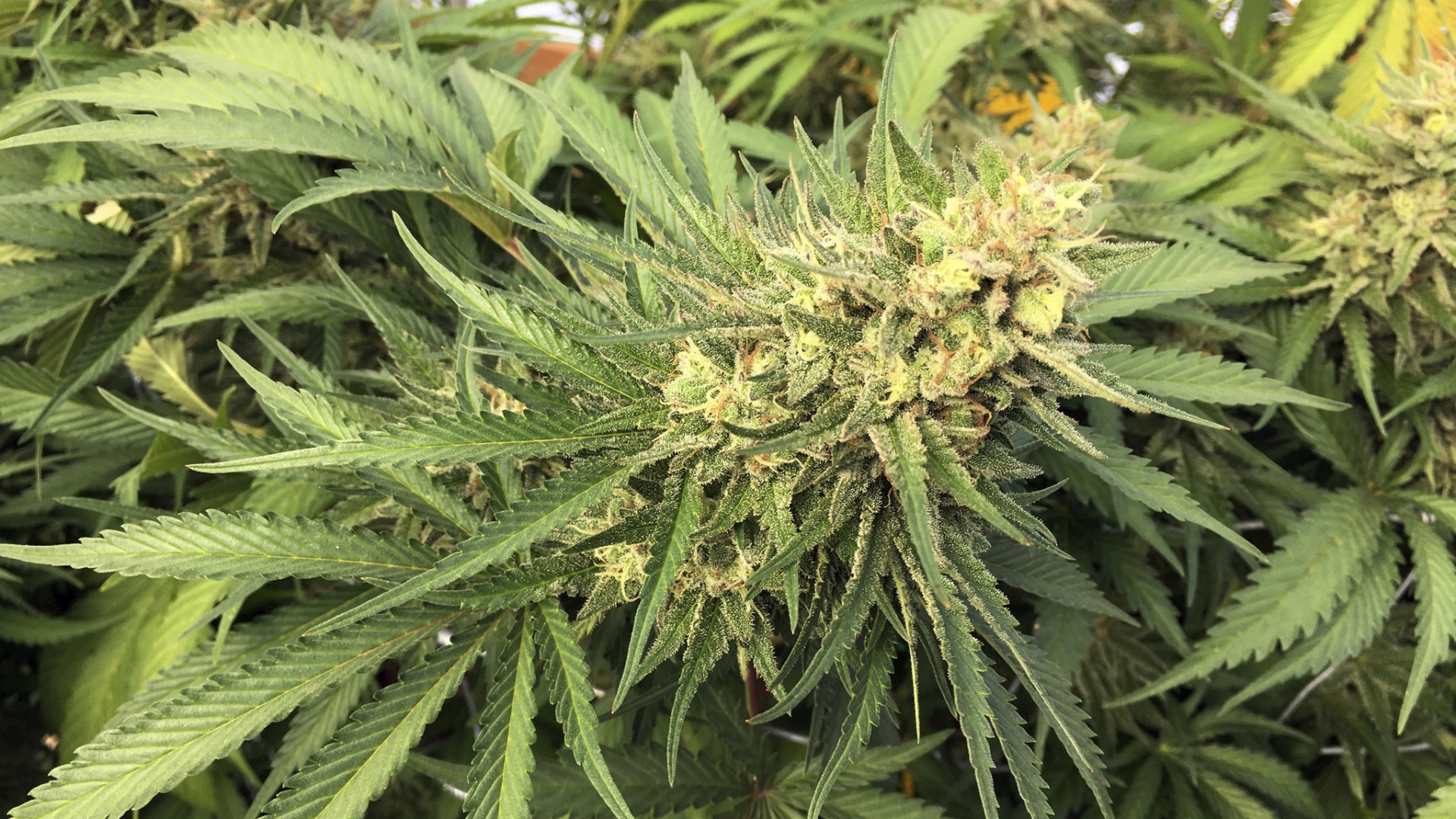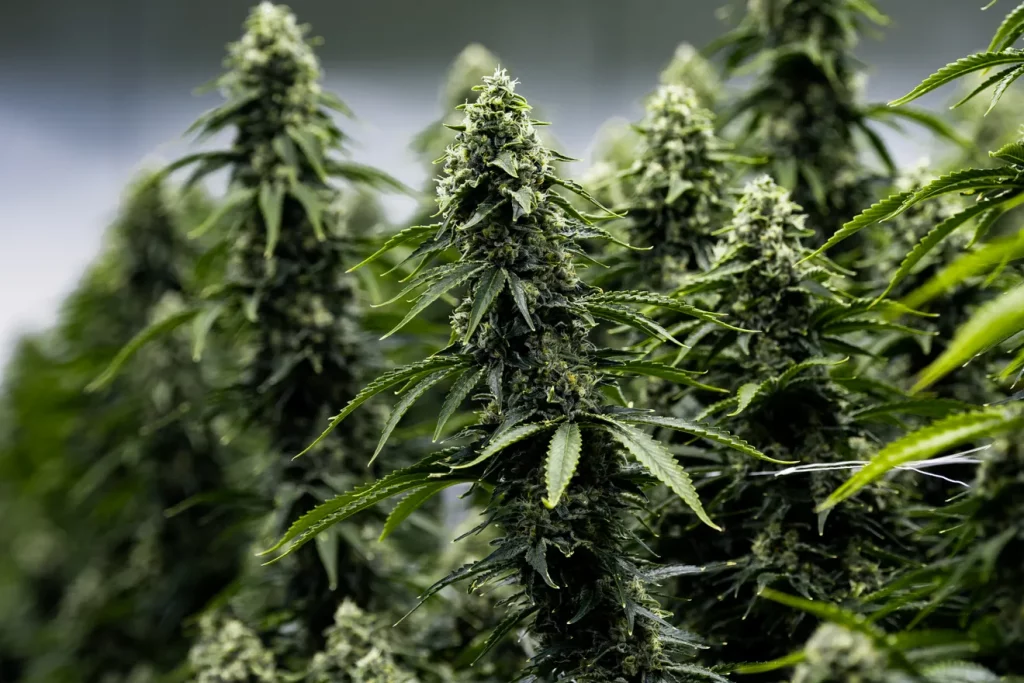Medical marijuana is a great way to get help with a variety of conditions. These conditions may vary depending on the state, and if you’re looking for Maryland marijuana doctors, it’s possible that you don’t know much about medical marijuana in general in Maryland. The good news is that once you’re aware of these things, you should be able to manage them fairly easily. Here are four important things to know about medical marijuana in Maryland.
1. Qualifying Conditions
The qualifying condition list is one of the things that changes dramatically depending on the state. In Maryland, the qualifying condition list includes:
- Cachexia
- Anorexia
- Wasting Syndrome
- Severe or chronic pain
- Severe nausea
- Seizure disorders
- Severe or persistent muscle spasms
- Glaucoma
- Post-Traumatic Stress Disorder (PTSD)
However, Maryland also recognizes that some issues not directly on this list could still benefit significantly from marijuana. That’s why it gives providers the ability to recommend medical marijuana for “another chronic medical condition which is severe and for which other treatments have been ineffective.”
2. Registered Providers
Doctors in Maryland need to be registered with the Maryland Medical Cannabis Commission in order to recommend medical marijuana for their patients. However, registering with the Maryland Medical Cannabis Commission doesn’t require any special training or testing; all medical professionals with a valid license can register. That means there tend to be more doctors available in Maryland than in many other areas, as the requirements for becoming a registered doctor are fairly limited.

3. Licensed Dispensaries
Once you have your medical marijuana card in Maryland, you’ll be able to visit a licensed Maryland dispensary to purchase cannabis. Remember that you need to purchase marijuana at a licensed dispensary for your purchase to be considered a recognized medical marijuana purchase. Every time you visit a dispensary, you’ll need to present your patient ID card, and most dispensaries will also require that you present a government-issued ID card.
4. Purchase Limits
Maryland requires that providers certify each patient for a specific amount of cannabis that they can purchase within a given 30-day period. The standard amount, which is what most providers certify for, is 120 grams of dried flower or 36 grams of a THC product, but doctors are allowed to certify a patient for more or less if they feel like it’s necessary. Talk to your doctor about your purchase limits, and make sure you ask questions at the dispensary if you don’t understand how purchase limits work.
Conclusion
In Maryland, medical marijuana is fairly accessible, which is extremely good for people who are struggling with medical conditions that could benefit from marijuana. If you’re experiencing issues with a medical condition and you feel as though medical marijuana could help, it’s a good idea to start the process of talking to a doctor about it. The earlier you start talking to a doctor, the more likely you’ll be to get approved for a medical marijuana card and start trying out different methods of managing your condition.




